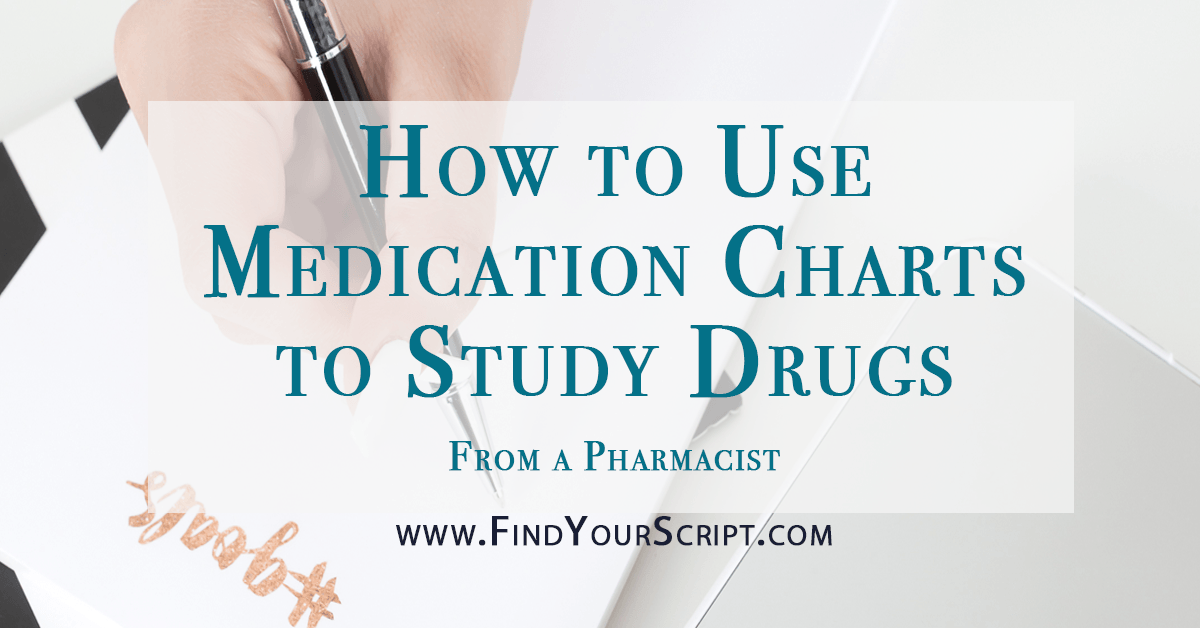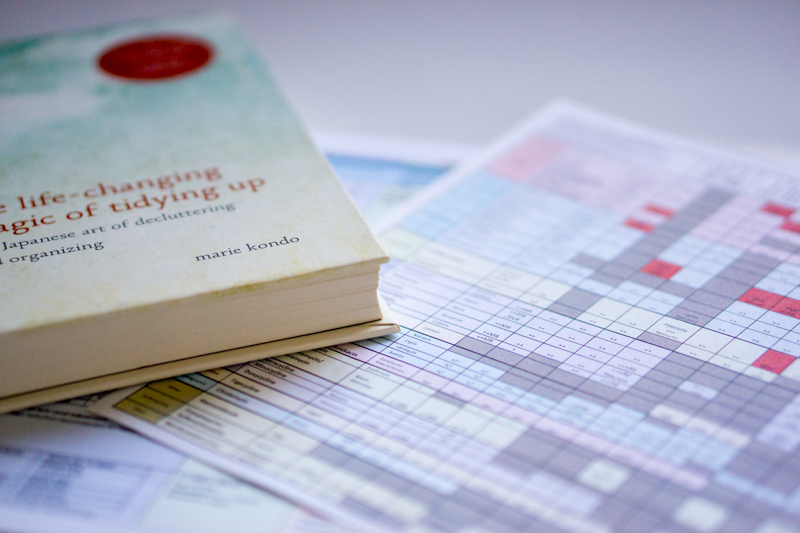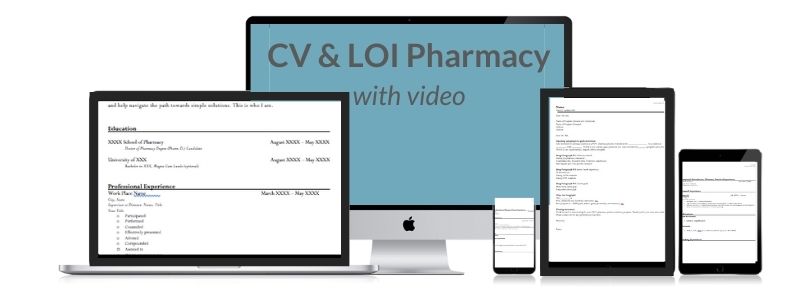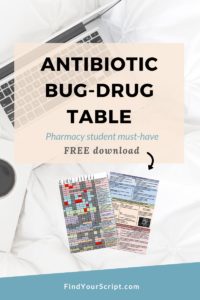
How to Use Medication Charts to Study Drugs | From a Pharmacist
Grab your FREE Quick Sheet Today!
I’ve been in the healthcare field for over 8 years now and one of the most common statements I hear from healthcare professional students is “How do I study medications…there are too many to learn?!”
Watch & Subscribe on our YouTube Channel!
Today, I’m addressing this question from my years of experience – as a former pharmacy student, pharmacy resident, mentor, preceptor and for the last 2+ years as an Assistant Professor at a School of Pharmacy. Whether you are a pharmacy student reading this or a MD, DO, Nursing, PA, NP, etc. student reading this – my goal is to instill confidence in your medication knowledge. Read on and comment below with your thoughts.
If you’re looking for Study Strategies to get you through Pharmacy (or other healthcare) School – head over to this blog post discussing my Top 5 Strategies.

How to Use Medication Charts to Study Drugs:
- Pick a topic
- Gather the medications you have learned related to this topic
- Divide the medications into drug-classes – usually based on mechanism of action
- Create a category with the drug-class: what is the same within the class – this could be mechanism of action (MOA), indications, and side effects (SE) or adverse drug reactions (ADRs)
- Now list out each medication within that drug-class
- Consider including: generic name, brand name, dosing/frequency, pharmacokinetic (PK) or pharmacodynamics (PD) properties, SE or ADRs that are different than the class as a whole, and other comments that may include Clinical Pearls related the medication or how it differs from the drug class
- Color code this chart (if desired)
- Print or save electronically and begin studying!
Further Steps to Consider:
- Make flashcards (on paper or electronically) to study information from your medication chart
- Try a technique from my previous blog post and print a blank or partially blank medication chart and attempt to fill it in from memory
- Have a family member, friend or study group peer take the chart and ask you random questions from it. See how well you can answer. Also assess your pronunciation of drug names during this verbal knowledge test.
Grab your FREE Quick Sheet Today!
Watch & Subscribe on YouTube Channel!
You may also Enjoy Reading:
- How to Stand Out as a Residency Applicant
- Day in the Life of a Critical Care Pharmacist
- Roadmap to Pharmacy Residency
- 5 Ways to Improve Study Habits
- 5 Tips for Staying Focused while Studying
- How to Use Medication Charts to Study Drugs


